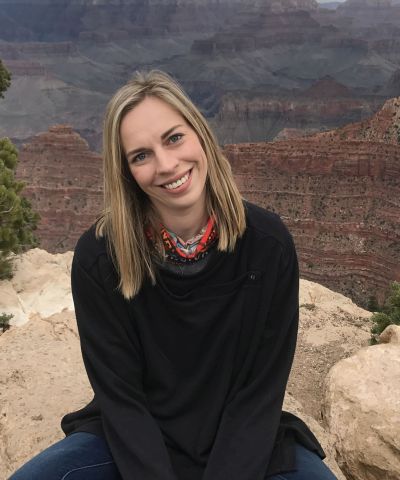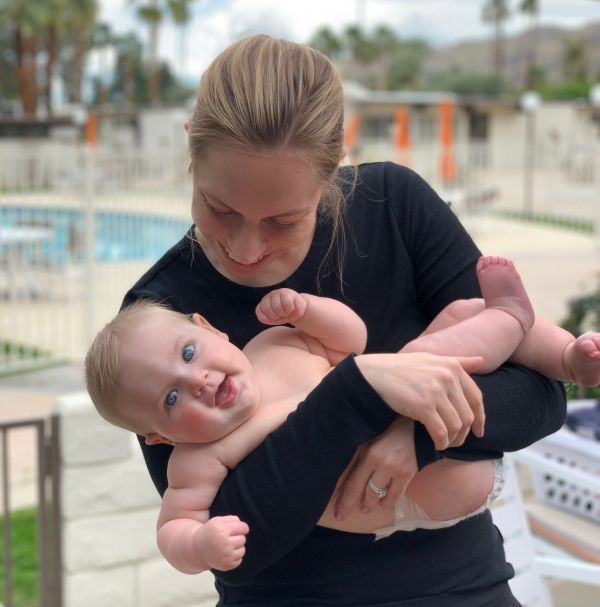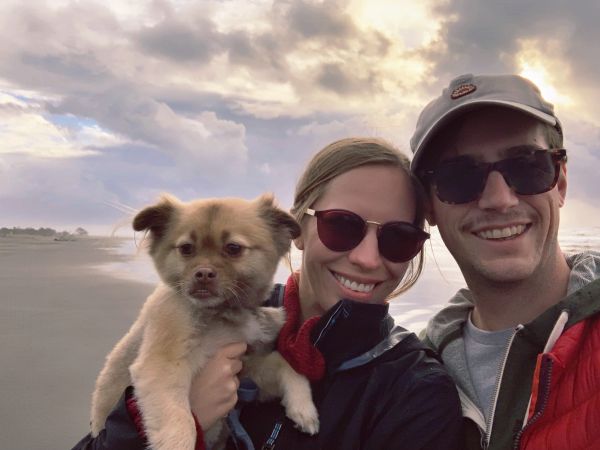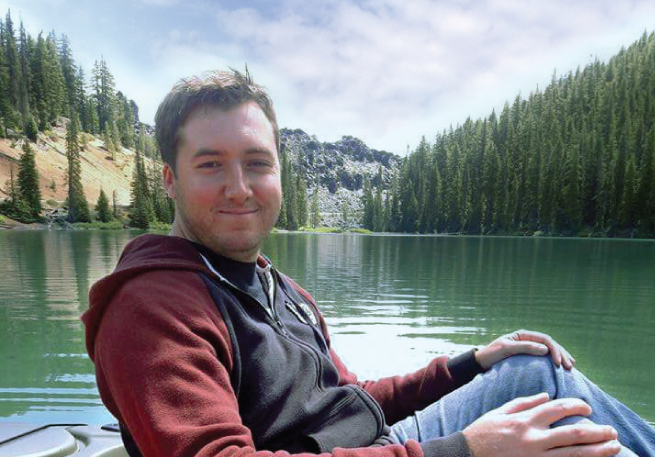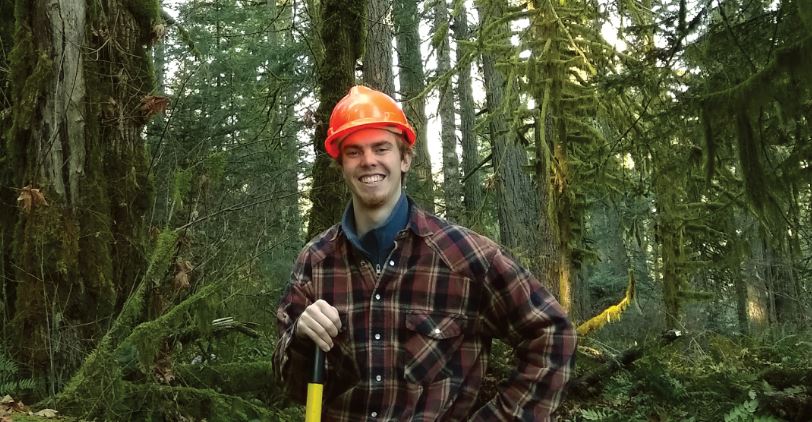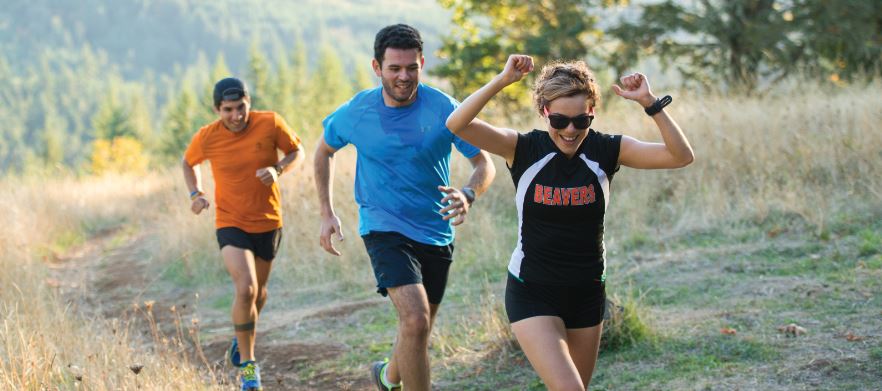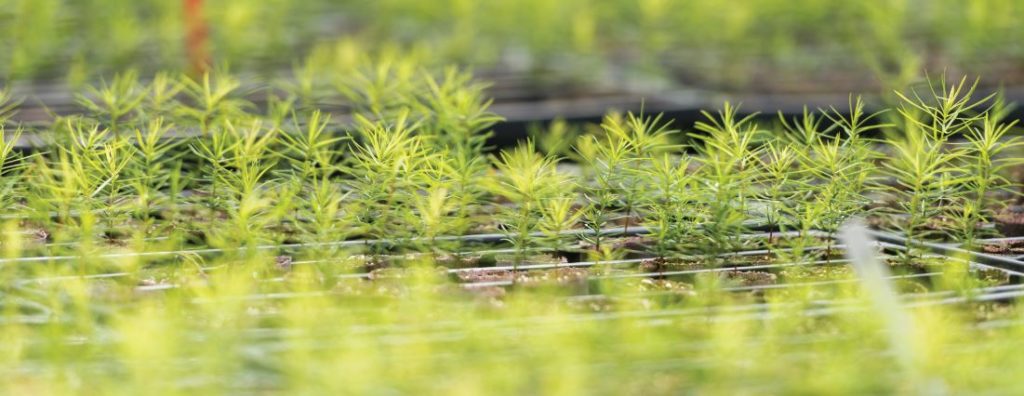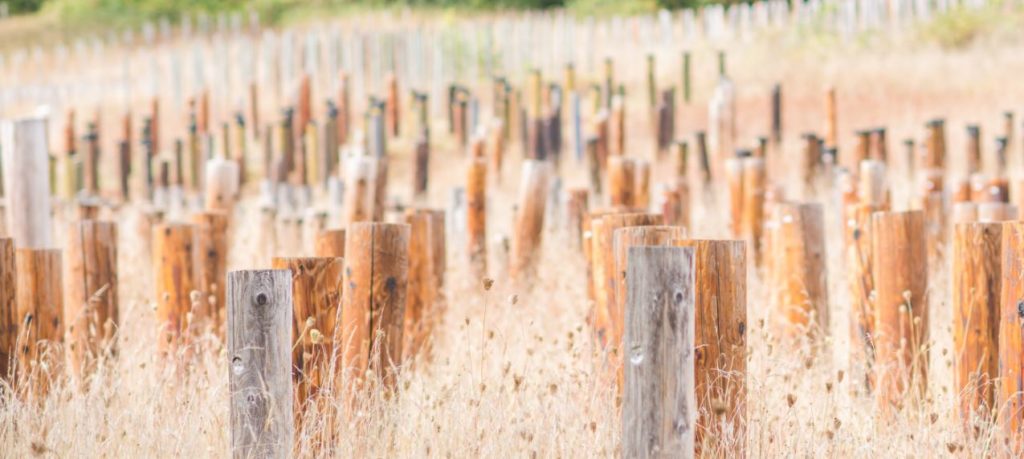Jim Ayorekire, a visiting Fulbright scholar at the College of Forestry, recently gave a presentation as part of our Stay at Home Lecture Series. Dr. Ayorekire joined us in November 2019 from Makerere University in Uganda where he is an Assistant Professor in the Department of Forestry, Biodiversity and Tourism. He talked about his research and experiences at OSU.

During his time in the College of Forestry, Jim co-taught a course in the Tourism, Recreation and Adventure Leadership degree program. In TRAL 354 (Communities, Natural Areas, and Sustainable Tourism), he was able to share Eastern African experiences, giving the students a global perspective. In his research, he studies human-gorilla conflict in the greater Virunga landscape of Rwanda and Uganda. This was a valuable perspective for our students! We welcome scholars and students from all over the world to collaborate with us in our classrooms, forests and labs.
–Dr. Jim Ayorekire holds a PhD in Sustainable Tourism Management from the University of Cape Town – South Africa and a Master’s degree in Land Use & Regional Development Planning from Makerere University. His research centers on the role of tourism as a driver for natural resource conservation, and enhancement of community livelihoods and inclusive development. He also has extensive experience in knowledge transfer and curriculum design and has been focusing on innovative program and curriculum development in Tourism, Forestry, and Resource Management.


